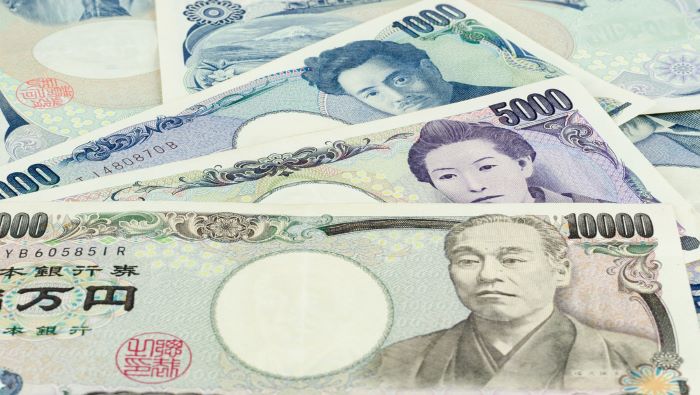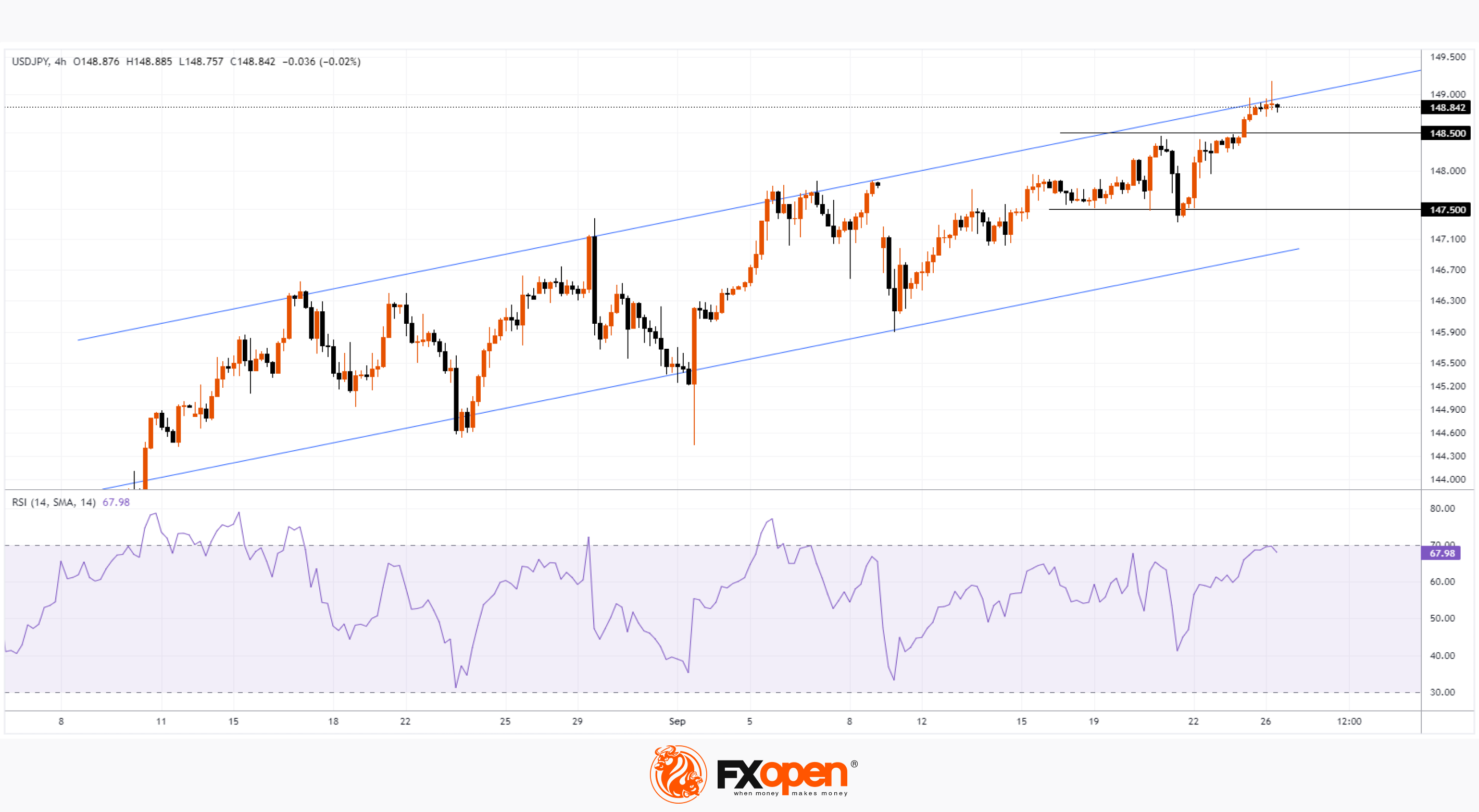FXOpen

The reason for the stable trend, as we have repeatedly pointed out, is the difference in the monetary policy of the USA and Japan. Inflation in Japan has been above 2% for more than a year, and the media are increasingly publishing expert opinions that the Bank of Japan will raise short-term interest rates from the current -0.1% at the end of this year. However, today Reuters published the opinion of Mr. Makoto Sakurai, the former head of the Bank of Japan. According to him:
→ the Bank of Japan may delay ending negative interest rates until around April next year;
→ the abolition of negative rates, which have been in place since 2016, will not harm the economy;
→ uncertainty about the economic prospects of the United States and China also gives the Bank of Japan a reason to delay raising rates, Sakurai added.
That is, the existing gap in monetary policy may continue for another six months, which will push the USD/JPY rate higher and higher. And it is not surprising that, as the chart shows, today the rate exceeded 149 yen per US dollar for the first time in a year, further increasing the likelihood of reaching the psychological level of 150 yen.

Wherein:
→ before breaking through the level of 148.5 yen, the price tested the level of 147.5. Judging by the rapid recovery on September 22, demand has confidently outstripped supply;
→ the price has reached the upper limit of the ascending channel - it is permissible to assume that demand will weaken, as the bulls will want to take profit. Moreover, the RSI indicator shows it is overbought;
→ the weakening demand is facilitated by fears that exceeding the level of 150 yen will force the Ministry of Finance to intervene (as it did last fall).
If we witness even verbal concern from the Japanese financial authorities, this could rapidly lower the rate at the lower border of the channel shown by the blue lines.
Trade over 50 forex markets 24 hours a day with FXOpen. Take advantage of low commissions, deep liquidity, and spreads from 0.0 pips. Open your FXOpen account now or learn more about trading forex with FXOpen.
This article represents the opinion of the Companies operating under the FXOpen brand only. It is not to be construed as an offer, solicitation, or recommendation with respect to products and services provided by the Companies operating under the FXOpen brand, nor is it to be considered financial advice.
Stay ahead of the market!
Subscribe now to our mailing list and receive the latest market news and insights delivered directly to your inbox.








